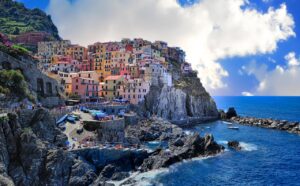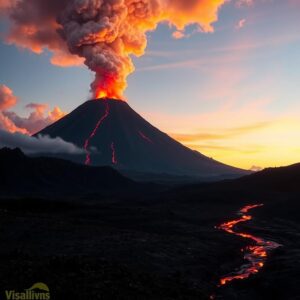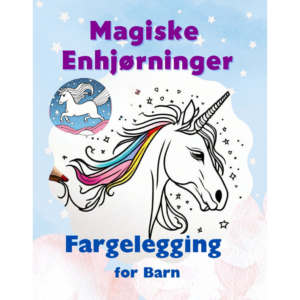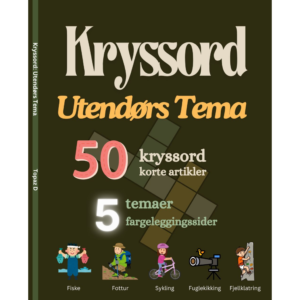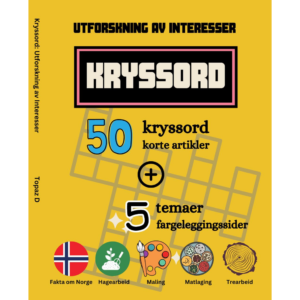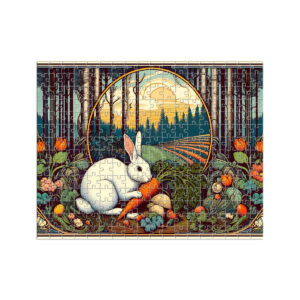
Explore & Play
Discover interesting topics and solve the accompanying crossword puzzle.
The Painter Crossword: Master LeonardoDaVinci, VanGogh & Picasso
Table of Contents
The Painter Crossword
You can either fill in the crossword puzzle directly on this page or click the button in the bottom right corner to print it for free.
——————————————
Mastering The Painter Crossword: Insights on LeonardoDaVinci, VincentVanGogh, PabloPicasso, and More
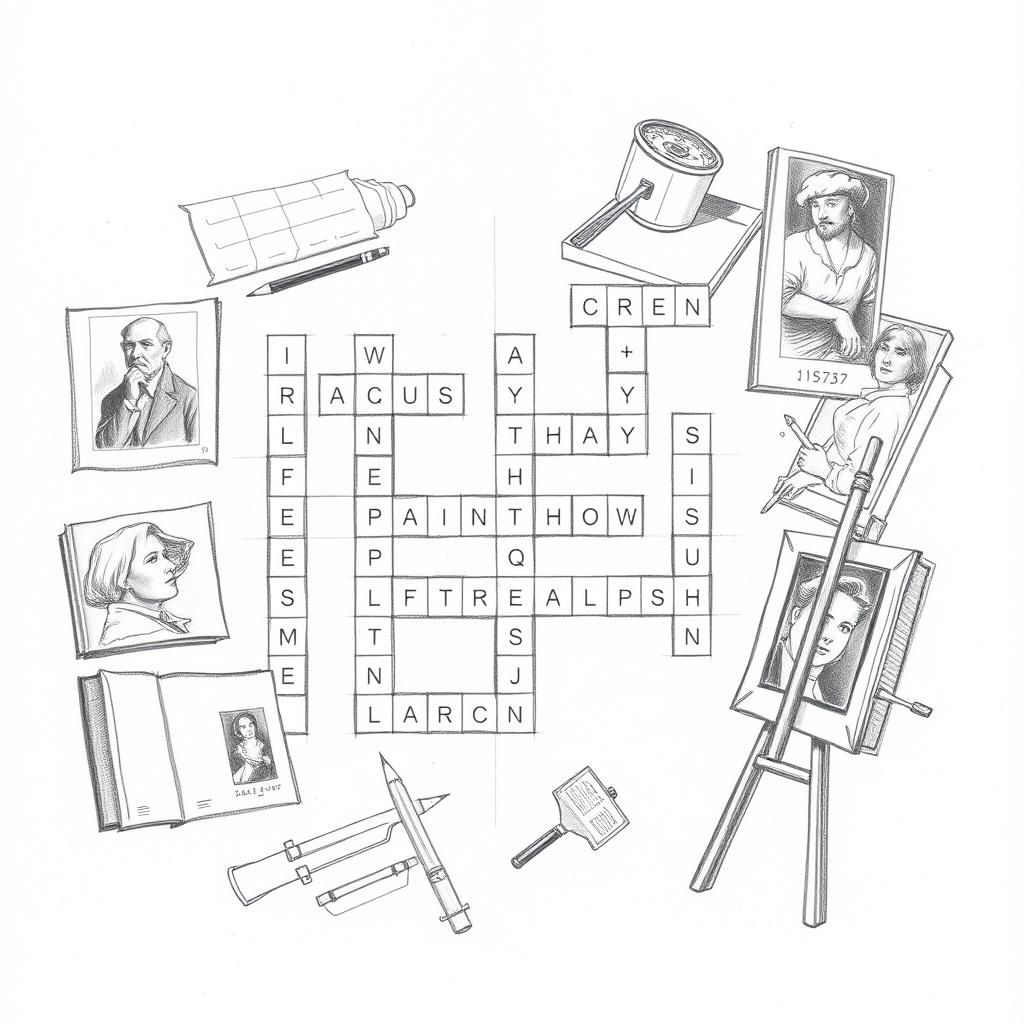
Introduction <–
Picture yourself cracking open a crossword puzzle themed entirely around painters — names sprawled across the grid, brushstrokes of history hidden in clues. The Painter Crossword has steadily grown in popularity, inviting both art lovers and puzzle enthusiasts to dive into a blend of cultural trivia and creative thinking. These puzzles tap into more than just names; they weave stories of artists’ lives, styles, and iconic works, making each solved clue feel like uncovering a piece of an artistic puzzle.
In these themed crosswords, painters often appear through a rich mix of hints: sometimes through their birthplace, sometimes their signature styles, or the masterpieces that made their names legendary. Knowing a bit about their artistic approach and historical context not only speeds up cracking the code but also makes the experience more rewarding. After all, it’s not just a test of knowledge — it’s a journey into the heart of art’s enduring impact.
This article will walk you through ten of the most iconic painters who frequently show up in The Painter Crossword. We’ll explore the trivia that often trips up solvers, the styles that define these artists, and the clever clues that puzzle creators love to play with. Along the way, you’ll pick up tips and strategies to sharpen your puzzle-solving skills — turning each crossword into a mini-adventure through art history. So, let’s get started and bring these painters to life in your mind’s eye as we decode the clues together.
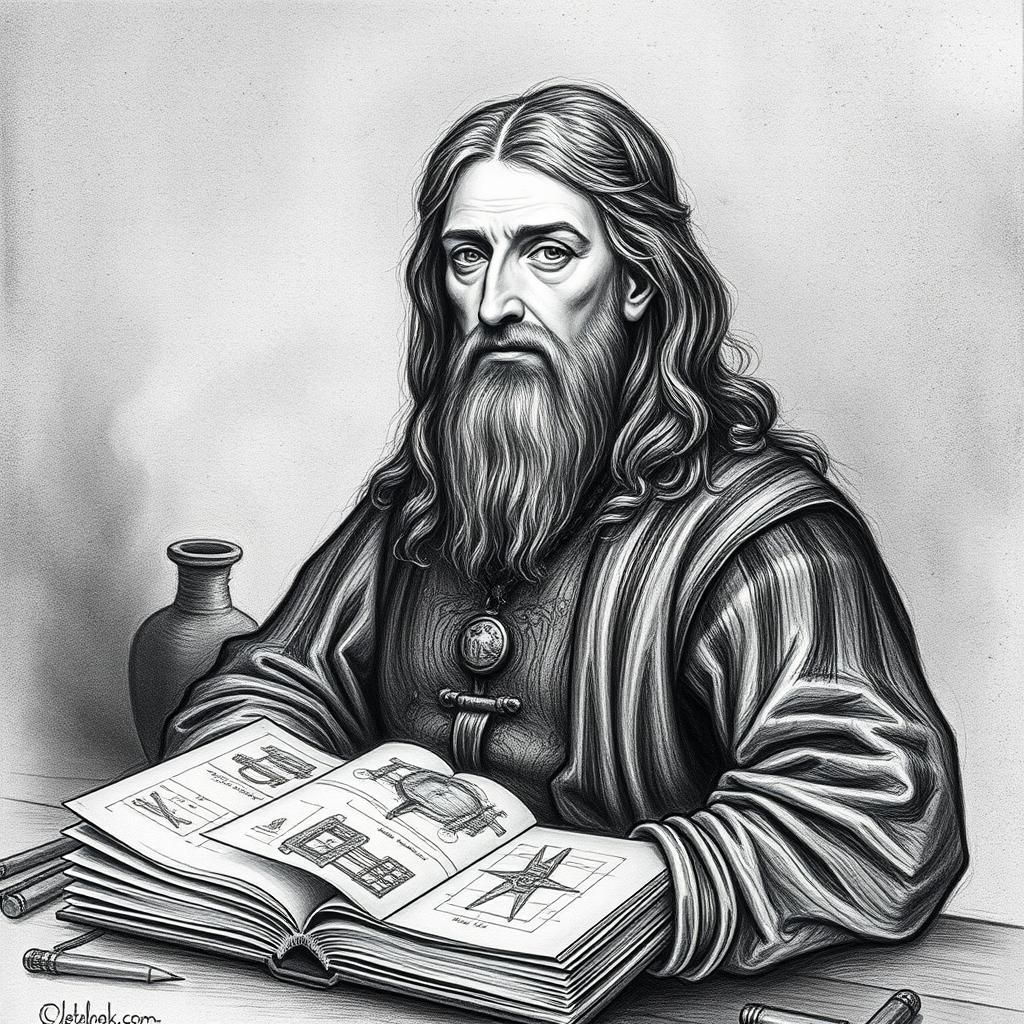
Leonardo Da Vinci
Step back into the vibrant swirl of the Renaissance, where Leonardo da Vinci wasn’t just painting masterpieces—he was unraveling the mysteries of the world. Born in the small Italian town of Vinci, his name itself often sneaks into crosswords as a clue, a gentle nudge toward the artist behind the centuries-old enigma. You might see “Vinci” hinting at Leonardo or catch nods to his most famous works, like the ever-smiling Mona Lisa or the dramatic Last Supper.
Leonardo’s genius wasn’t confined to art. His notebooks brimmed with sketches of flying machines, anatomical studies, and engineering wonders—proof that creativity knows no borders. When crosswords mention “sfumato,” that’s a direct line to his soft, smoky technique, where edges blur and faces take on a lifelike glow. It’s this blend of science and soul, art and invention, that keeps his name alive in puzzles and classrooms alike.
So, when you spot a clue referencing Vinci, sfumato, or those iconic paintings, remember you’re walking in the footsteps of a man who painted with the light of curiosity and shadowed the limits of his time. The puzzle is more than a game—it’s a whisper from the past, inviting you to explore a mind as vast as the Renaissance itself.
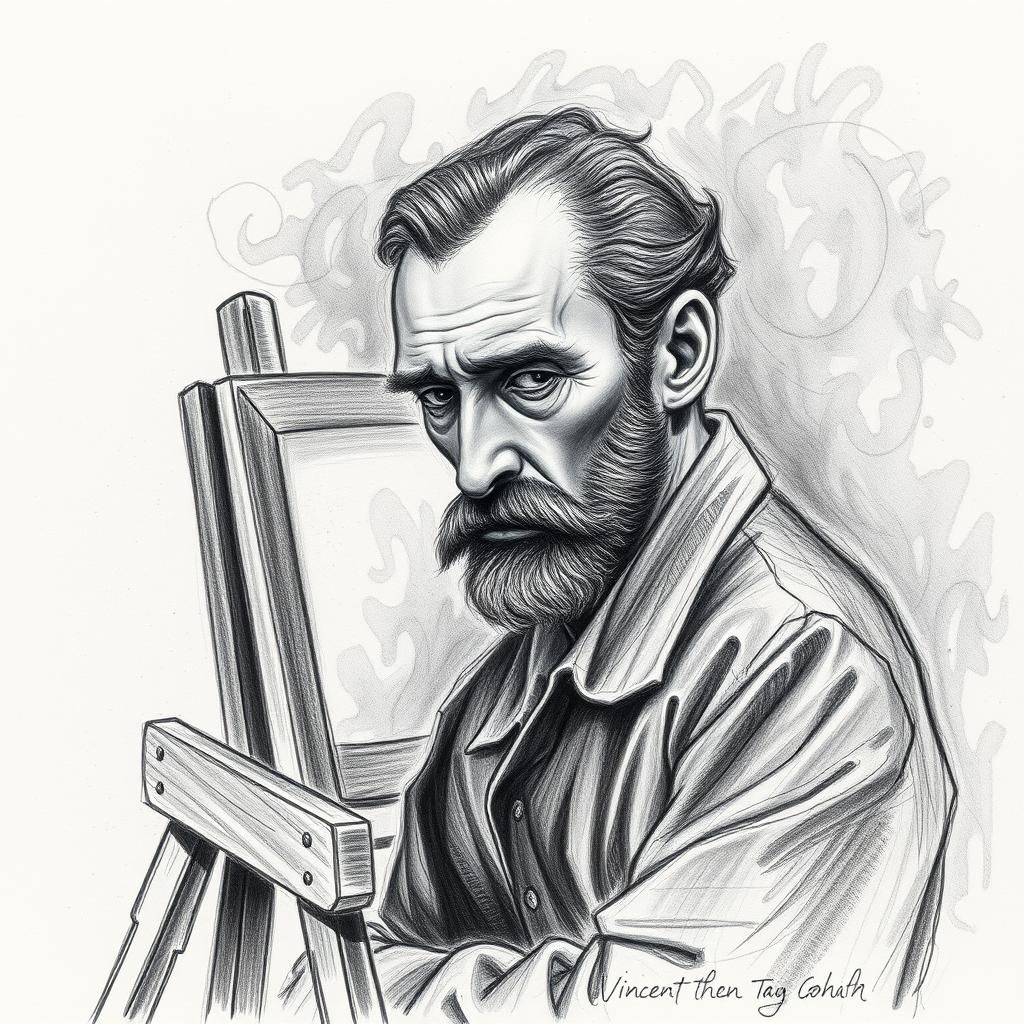
Vincent Van Gogh
Step into a world alive with swirling skies and restless color. Vincent Van Gogh, the Dutch post-impressionist, didn’t just paint pictures—he poured raw emotion onto every canvas. Born in 1853 in the Netherlands, his art speaks of passion, turmoil, and a fierce connection to nature. You’ve likely seen his “Starry Night” somewhere—a midnight sky that seems to breathe and pulse with vivid energy.
When Van Gogh shows up in crosswords, expect clues that point to his Dutch roots or his best-known works. “Dutch painter,” “Starry Night artist,” or simply “Vincent” are common hooks. Trivia often circles around his misunderstood life—the letters he wrote to his brother Theo, the famous ear incident, and the intensity that defined not just his art but his brief, troubled journey.
Artistically, Van Gogh’s style is unforgettable. He wielded thick, vibrant brushstrokes that danced across the canvas, creating textures you can almost feel under your fingertips. His colors shouted—bold yellows, deep blues, fiery oranges—reflecting his inner world’s turbulence and hope. Though plagued by mental illness and poverty, he produced over 2,000 artworks in just a decade, a testament to his relentless creative spirit.
So, next time you see a crossword clue nodding to “Dutch post-impressionist” or “The Starry Night painter,” remember the man whose brush captured the vibrant chaos of the human soul in every stroke.
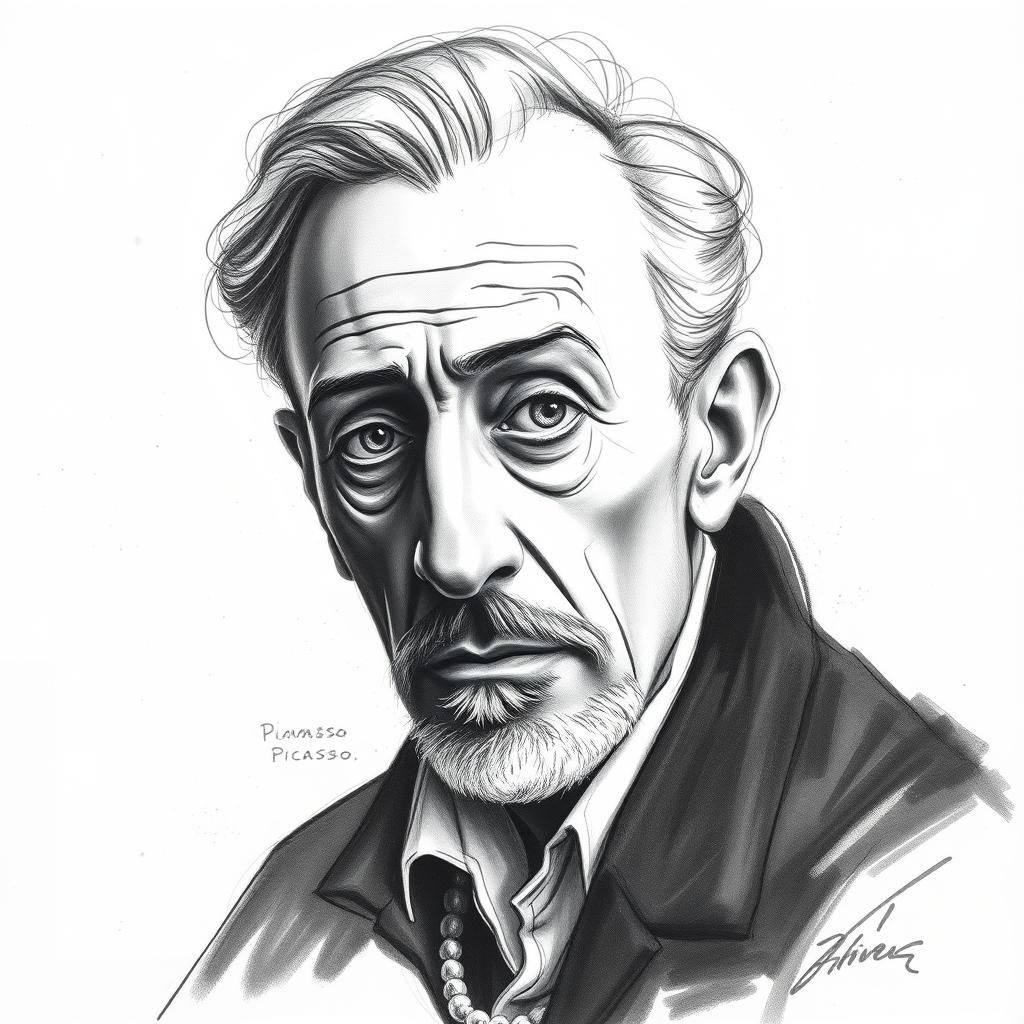
Pablo Picasso
Picture a restless artist who never settled for the obvious, whose brushstrokes shattered tradition and reassembled it into something entirely new. That’s Pablo Picasso—a Spanish painter and sculptor whose name alone can unlock a whole world of crossword clues. Born in 1881 and passing in 1973, these dates are often the straightforward trivia anchors in puzzles, but there’s so much more packed into his legacy.
You’ll see clues nodding to Cubism, the revolutionary style Picasso co-founded alongside Georges Braque. Imagine looking at a face not as a flat image, but as a montage of angles and facets—a deliberate puzzle of perspectives inviting you to piece it all together. That fragmented, abstract way of seeing reality is Picasso’s signature and a frequent hint in crosswords.
Then there’s “Guernica,” his powerful mural capturing the horror of war with jagged forms and haunting symbolism. Crossword makers love referencing this masterpiece, as well as his unusually prolific life—he moved through blue, rose, and African art-inspired periods, each ripe with clues about colors, cultural influences, and artistic phases.
Picasso’s artistic style often lends itself to wordplay. Crosswords might tease you with puns or question marks, nudging solvers toward “Cubo” (a root for Cubism) or playful references to “Picasso-esque” abstraction. So while the artist’s name might appear straightforward, the clues around him demand a sharper, more curious eye—much like the artist himself viewed the world.
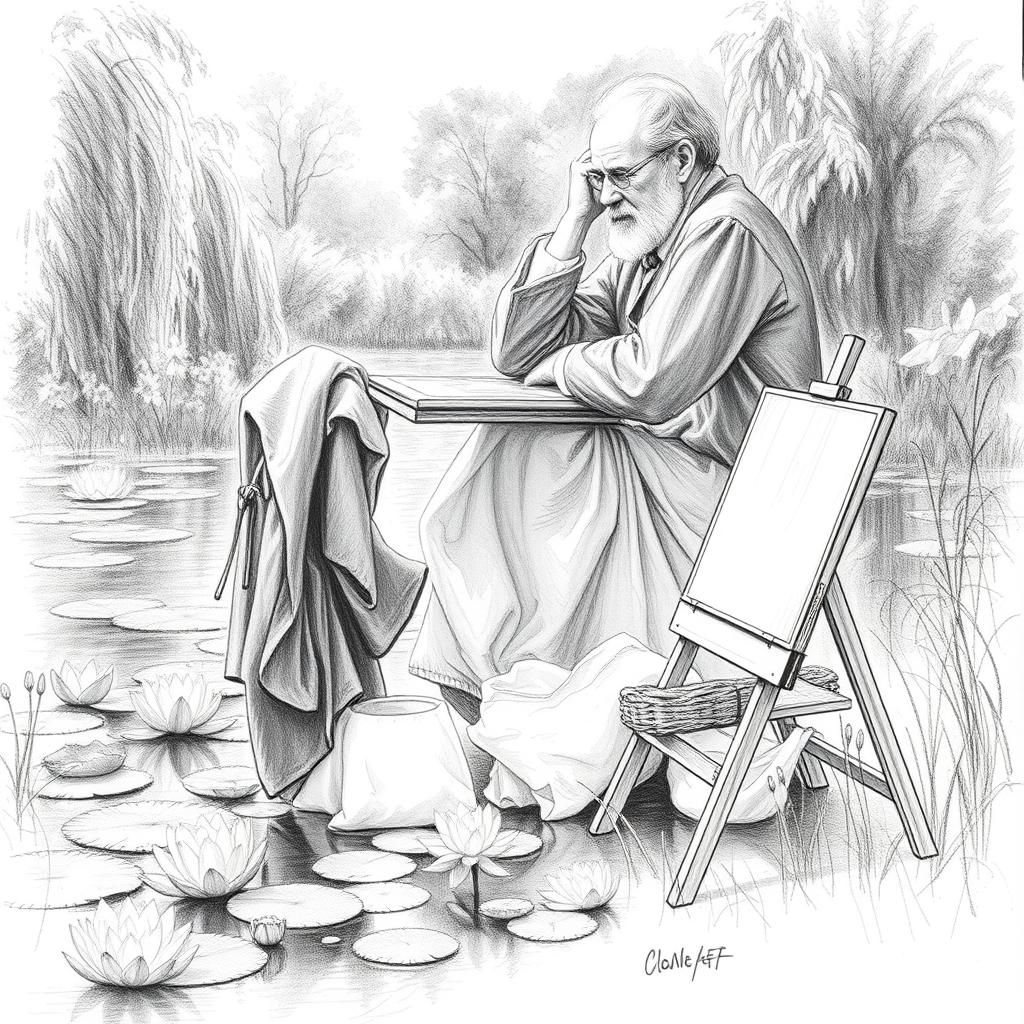
Claude Monet
Step into a sun-dappled garden where light dances across the surface of a lily pond—this is the world that Claude Monet painted with a spirit both tender and bold. As the leading figure of Impressionism, Monet didn’t just capture scenes; he captured fleeting moments, the very breath of nature in flux. When you spot “Impressionism” in a crossword clue, Monet is often the answer waiting just beneath the surface.
Born in 1840 in Paris, Monet’s significance lies in his revolutionary approach to painting light and atmosphere. Instead of rigid lines and precise detail, he embraced broken brushstrokes and vibrant palettes to evoke sensation over form. His famous “Water Lilies” series isn’t just about flowers—it’s a portal into the shifting effects of sun, shadow, and mist on the tranquil water.
Crossword puzzles love to tease with clues like “Impressionist painter,” “Artist of ‘Water Lilies’,” or simply “Monet’s medium” pointing towards “oil.” Sometimes, you might see references to his legendary garden in Giverny—where water, flora, and sky meld in pastel symphonies—or hints toward his role in naming the Impressionist movement itself, after one of his paintings titled Impression, Sunrise.
What makes Monet’s style crossword-friendly? It’s his laser focus on natural scenes bathed in light, painted with eager, broken strokes that trade fine detail for a vivid, overall impression. He was obsessed with how the same view changes from dawn to dusk, season to season—a restless chase to catch the ephemeral.
Next time you face the clue “French Impressionist” or “Painter of shimmering ponds,” imagine Monet’s brush sweeping in quick, joyful bursts across the canvas. He invites solvers not just to name him but to envision the shimmering world he so lovingly brought to life.
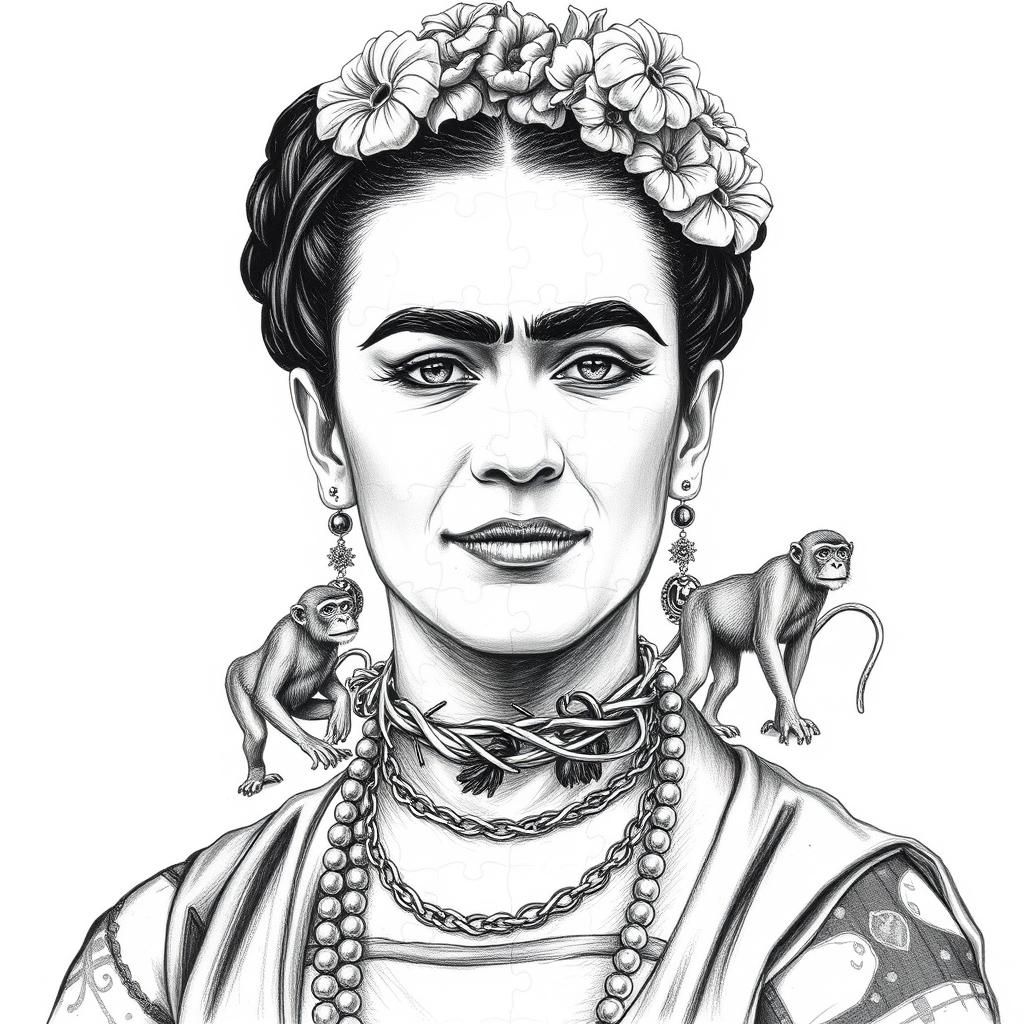
Frida Kahlo
Step into the vibrant world of Frida Kahlo, and you’re immediately struck by a kaleidoscope of colors, pain, and fierce identity laid bare on canvas. Born in Mexico City in 1907, Kahlo’s paintings are more than artworks—they are autobiographical tapestries woven with threads of physical suffering, cultural pride, and political fervor. For crossword enthusiasts, she embodies a puzzle within a puzzle, where symbolism and heritage become clues just as vital as her name.
Common crossword clues often nod to her iconic self-portraits—those unflinching gazes framed by thick brows and lush floral crowns. You might see references simply to “Mexican painter known for self-portraits,” or “Artist whose work reflects pain and politics.” Her name is tightly linked to symbols that crosswords love: the unibrow, the monkey, the thorn necklace, or even the depiction of traditional Mexican dresses. Each element is a hint pointing readers toward more than just the artist; it’s a key to her story.
Her style is unmistakable. Filled with vivid folk art influences and surreal, sometimes haunting imagery, Kahlo’s paintings explore themes of identity, post-colonialism, gender, and suffering. She invites us into her world—one where every flower, every animal, every peculiarity is charged with meaning. This rich visual language makes her a treasure trove for clue-makers who favor symbolism and cultural nuance. Knowing these details can transform a tricky clue into a satisfying aha moment.
Frida’s legacy also reaches beyond paint and pigment. She’s a cultural icon representing resilience and unapologetic self-expression. When she shows up in a crossword, it’s a chance not only to flex knowledge of art history but to connect with a deeply human story about who she was—and who she continues to inspire today. So next time “Frida” or “Mexican self-portraitist” appears on your puzzle, remember—it’s more than a name. It’s a vibrant spark of cultural history waiting to be uncovered.
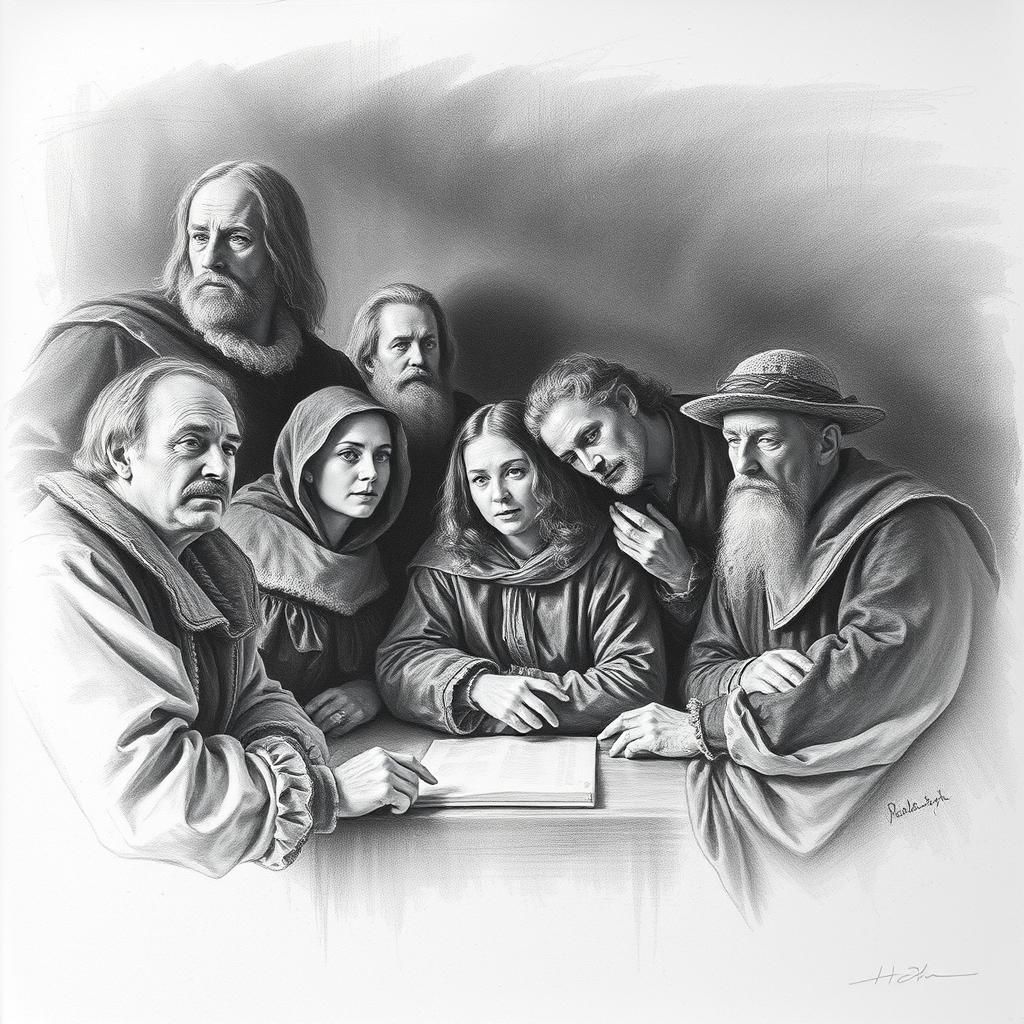
Rembrandt
Picture a dimly lit room where the soft glow of candlelight kisses every curve and wrinkle of a human face, revealing stories of joy, sorrow, and secrets unspoken. This is the world Rembrandt van Rijn invites us into—a master of shadow and light during the Dutch Golden Age, whose paintings feel less like images and more like quiet conversations.
Born in Leiden in 1606, Rembrandt quickly rose to fame for his deeply human portraits and powerful biblical scenes. If you’ve ever tackled The Painter Crossword, you’ve likely encountered clues referencing The Night Watch—his sprawling, dramatic group portrait that captures Amsterdam’s militia in a moment of lively readiness. This painting alone is a frequent puzzle staple, often appearing as an answer or part of a cryptic clue.
Crossword creators adore Rembrandt’s signature style, especially his use of chiaroscuro—the striking contrast between light and shadow. His technique breathes life and depth into every figure, turning paintbrush strokes into an exploration of the human soul. So, clues hinting at “dramatic lighting,” “Dutch master of shadows,” or simply “chiaroscuro pioneer” often point in his direction.
But beware—the breadth of his works can also stump solvers. References to other key paintings like The Anatomy Lesson of Dr. Nicolaes Tulp or Self-Portrait with Two Circles occasionally sneak into puzzles, inviting you to recall more than just the easy answers. Sometimes, a clue might revolve around his prolific self-portraits, which document his life’s ups and downs with unflinching honesty and detail.
What makes Rembrandt truly fascinating—and why his presence in crosswords feels so rich—is the way his art captures the essence of people, not just their appearances. When you see his name in a puzzle, imagine stepping back into 17th-century Amsterdam, where light dances across rough hands and expressive eyes tell centuries-old tales. It’s a reminder that behind each clue lies a story waiting to be uncovered.
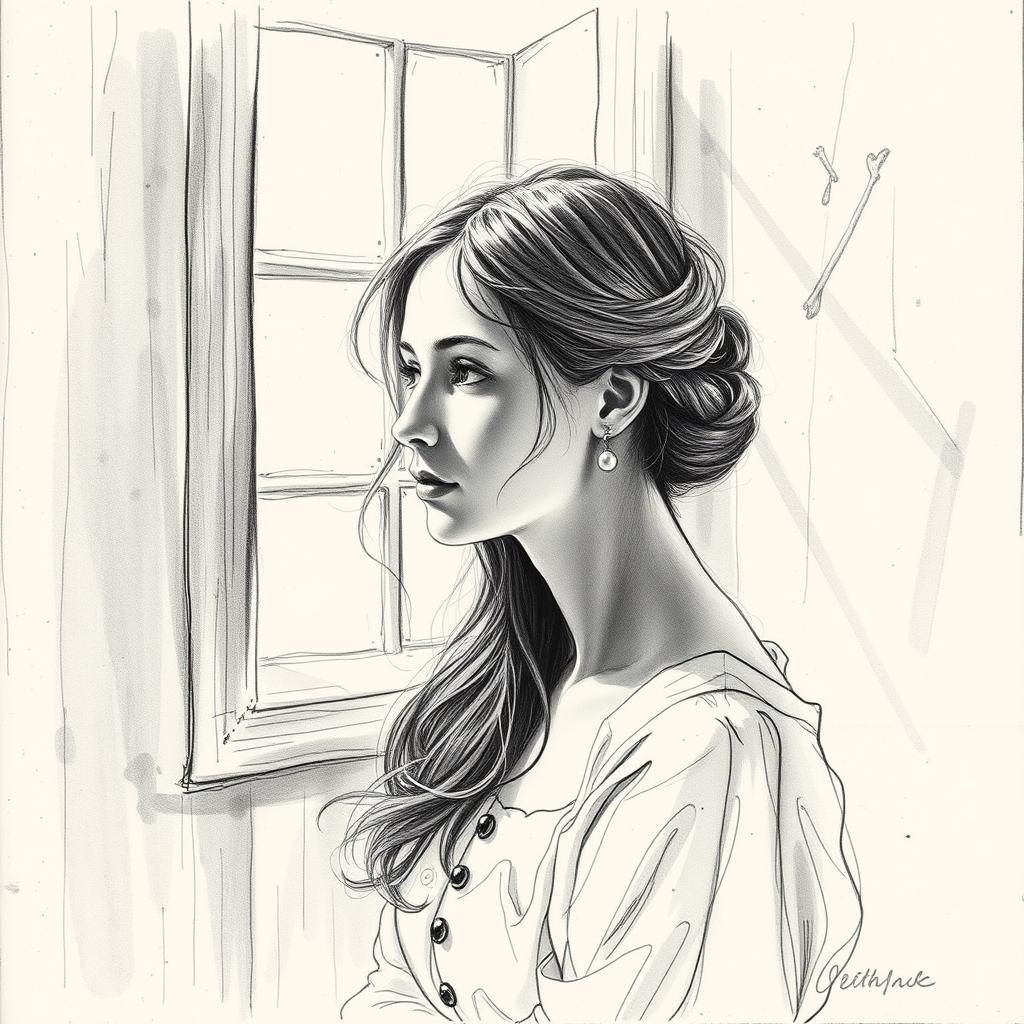
Johannes Vermeer
Picture stepping into a quiet Dutch room bathed in soft, natural light filtering through a nearby window—a scene so still and intimate it feels like a secret paused in time. This is the world Johannes Vermeer invites us into, where everyday moments glow with a kind of quiet reverence. A master of the Dutch Baroque era, Vermeer’s paintings are celebrated for their meticulous detail and the serene beauty of domestic life.
In crossword puzzles, Vermeer often appears through his most famous work: Girl with a Pearl Earring. That enigmatic gaze and luminous earring are frequent clues, instantly recognizable even to those who might not know his name. Common hints might reference the “pearl earring,” “Dutch painter of serene interiors,” or simply “Artist of ‘The Girl with a Pearl Earring.’” Occasionally, puzzle setters highlight his signature use of natural light or his portrayal of quiet, private moments within well-lit rooms.
Vermeer’s artistry rests on an almost photographic precision—he carefully composed scenes with masterful use of perspective and soft, glowing light that animates textures, fabrics, and faces alike. It’s said he used a camera obscura, an early optical device, to capture these detailed interiors. This technical insight often sneaks into crossword clues, nudging solvers to think beyond just artist names and titles.
Beyond his painting style, Vermeer’s story adds another layer of fascination. Living in 17th-century Delft, he produced relatively few works—about 34 are known today—making each piece all the more treasured and prized in art and crossword circles alike. His quiet genius and the emotional subtlety of his paintings continue to enchant, reminding us that even the simplest domestic scene holds a kind of magic.
Next time you see a clue referencing a Dutch painter of luminous, intimate scenes or the “Girl with a ___ Earring,” you’ll know there’s more than just a name to uncover. You’re stepping into a world where light and life meet in stillness, inviting you to pause and look deeper.
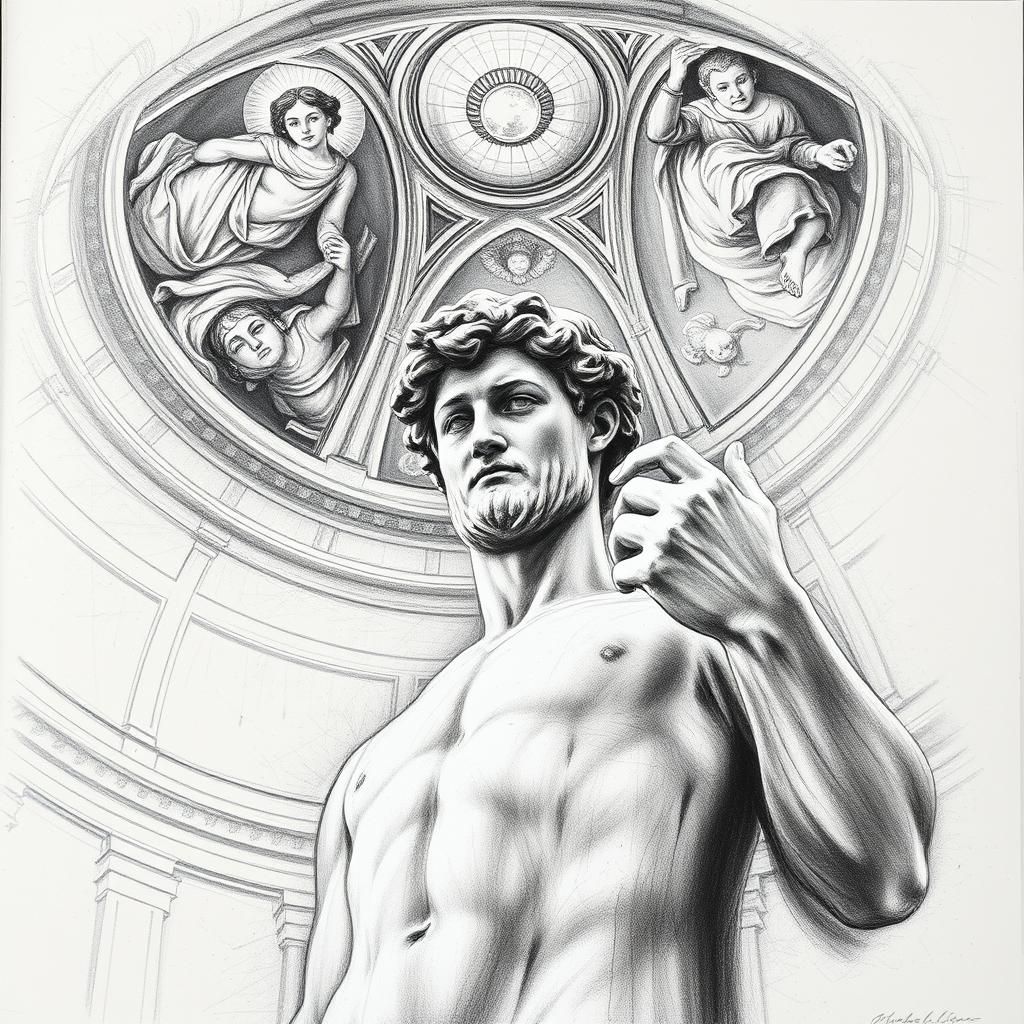
Michelangelo
Step into the world of Michelangelo, where stone and plaster breathe life into the Renaissance spirit. A sculptor and painter whose name echoes through art history, he’s a staple in The Painter Crossword, especially when the clue dips into the realm of frescoes or iconic masterpieces.
When a clue points you toward Michelangelo, think about the grand fresco technique that crowns the Sistine Chapel ceiling—a sprawling canvas of biblical stories painted on wet plaster. “Sistine Chapel” isn’t just a landmark; it’s practically a crossword shortcut for this master. If the puzzle nudges you toward sculpture, “David” might be your answer—a marble giant carved with such skill that you can almost hear the chisel’s echo.
Crossword setters love weaving hints around Michelangelo’s artistic methods—“fresco,” for example, often appears as a sneaky nod to his mural painting innovation. It’s a technique that demands speed and precision, painting on fresh plaster before it dries, capturing colors more vivid than canvas alone can offer.
Michelangelo’s style blends intense realism with idealized form, whether in his towering statues or his dramatic ceiling scenes. His brush and chisel tell stories of human strength, divine passion, and timeless beauty—threads crossword puzzles pick up to create clues that challenge and delight.
So, the next time you stumble on a clue referencing the “Renaissance fresco master” or “Sistine masterpiece,” picture Michelangelo at work: a figure shaping art not just with talent, but with a force that turns stone and plaster into legends.
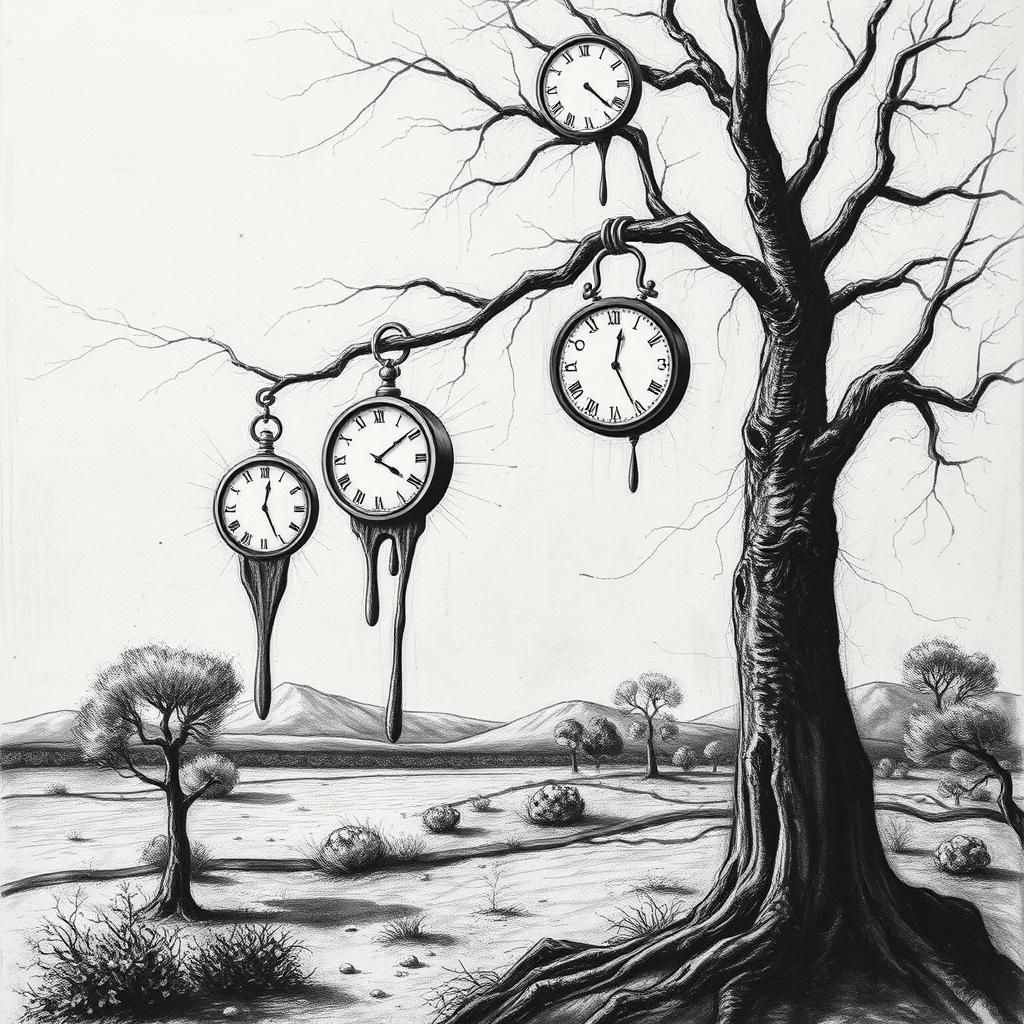
Salvador Dalí
Close your eyes and picture a melting clock, draped languidly over a barren tree branch, its soft, distorted form defying the very rules of time. This is the world of Salvador Dalí — the Spanish surrealist whose art pulls you into dreamscapes where logic takes a holiday and the bizarre feels oddly tangible.
Dalí’s name often pops up in crossword puzzles as a shorthand for surrealism itself. When you see clues like “Surrealist with a mustache” or “Painter of melting clocks,” Dalí is usually the answer. His 1931 masterpiece, The Persistence of Memory, is perhaps the most iconic image in the surrealist movement, instantly recognizable by those fluid, warped timepieces that ripple across a eerily quiet landscape. Crossword setters love this work because the concept of “persistence” or “memory” often features as playful word traps.
But puzzle clues about Dalí extend beyond just his art. His flamboyant personality and instantly recognizable waxed mustache often serve as fodder, too — you might find clues like “Mustachioed surrealist” or even hints referencing his Catalan roots. His Spanish heritage sometimes appears as well, especially when crosswords lean into a geographic or cultural angle.
In terms of artistic style, Dalí thrived on dream symbolism and bizarre, often unsettling imagery. His paintings are invitations to step sideways into a world where ants crawl over watches, elephants balance on spider legs, and shadows seem to have their own strange logic. This blend of hyper-realistic detail and fantastical subject matter can puzzle solvers just as much as it delights them. Expect crossword clues referencing key surrealist motifs—melting clocks, distorted human forms, or symbolic insects—to lead you toward his name.
What makes Dalí especially fascinating in crossword puzzles is the way his art and life embody playful abstraction. Clues might tease out wordplay about “dreams” or “time,” challenging solvers to think beyond straightforward associations. In this way, Dalí’s presence in The Painter Crossword is not just about painting but about embracing the surreal twists and turns that make puzzles sparkle with creative energy.
So next time you face a clue pointing to “Surrealist dreamer” or “Artist famous for melting clocks,” remember Dalí’s world: where the odd becomes ordinary, and each symbol is a door into the subconscious. It’s a reminder that some answers, like art itself, invite you to look deeper and imagine more freely.
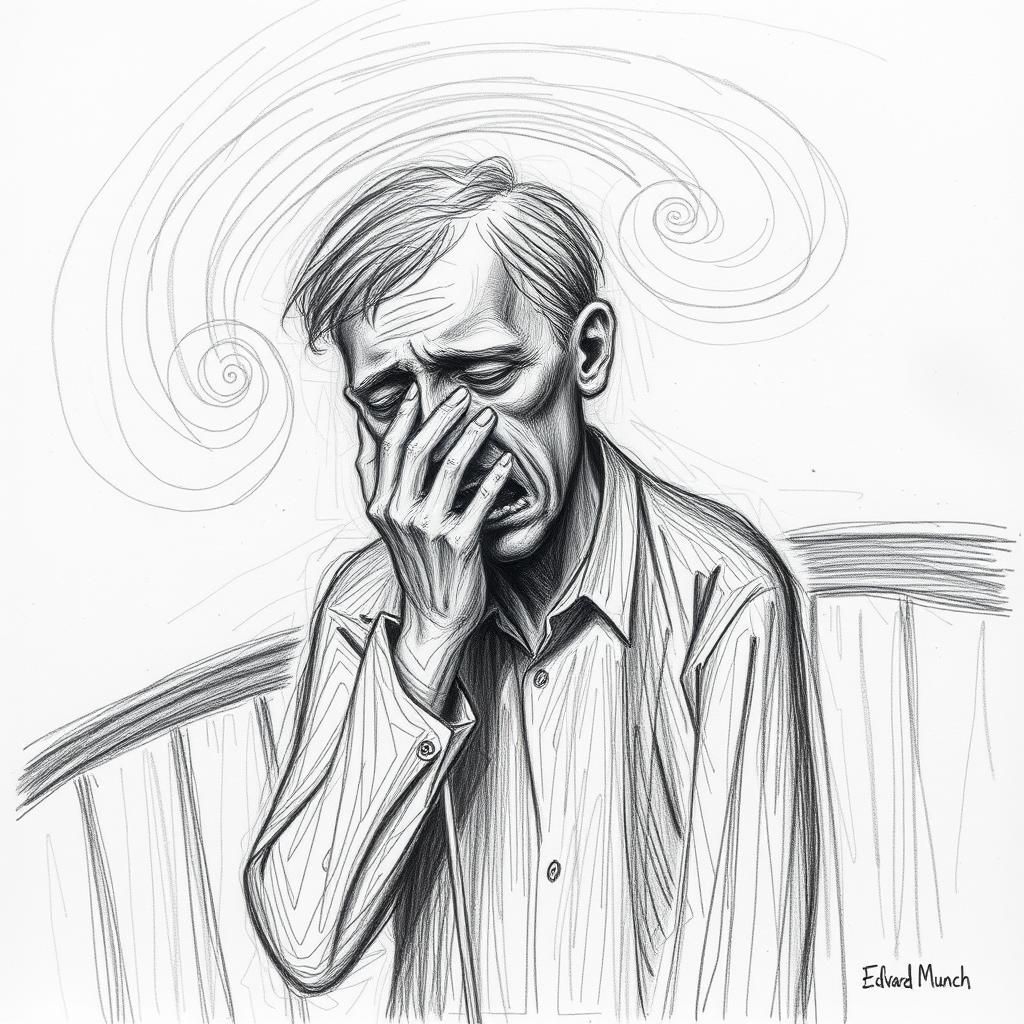
Edvard Munch
Background and Significance
Picture a swirling sky of raw emotion, where every curve and color wraps around you like a whisper of anxiety. That’s the world Edvard Munch invites us into with his haunting masterpiece, The Scream. Born in Norway in 1863, Munch was a pioneer of Expressionism, capturing the unspoken tensions and inner turmoil of the human mind long before psychology was a household word. His paintings feel less like pictures and more like journeys into the soul’s restless shadows, making him an evocative figure in crossword puzzles where his name and work often surface.
Common Crossword Clues
If you’ve ever tackled a puzzle with a nod to The Scream, you might have met clues hinting at its vivid title or emotional punchlines like “Norwegian Expressionist” or “Painter of existential dread.” Crossword setters love to play with the tension between the image’s iconic status and its deeper meanings. Sometimes you’ll see references to “anguished figure,” “famous scream,” or simply “Edvard ___.” But watch out for common misconceptions — many believe The Scream is about a scream heard aloud, when it’s really the artist’s visual shorthand for a silent inner cry.
Artistic Style and Trivia
Munch’s work smudges and swirls with a feverish intensity, channels of color and brushstrokes pulsing with psychological energy. He did not just paint scenes; he painted feelings — anxiety, love, death — in all their raw immediacy. His bold lines and distorted forms reflect the Expressionist desire to bend reality in the service of emotion, a style that quietly revolutionized art in the early 20th century. For crossword lovers, Munch’s name and The Scream often invite clues that blend art history with human experience: a reminder that sometimes, the hardest puzzles are those inside ourselves.
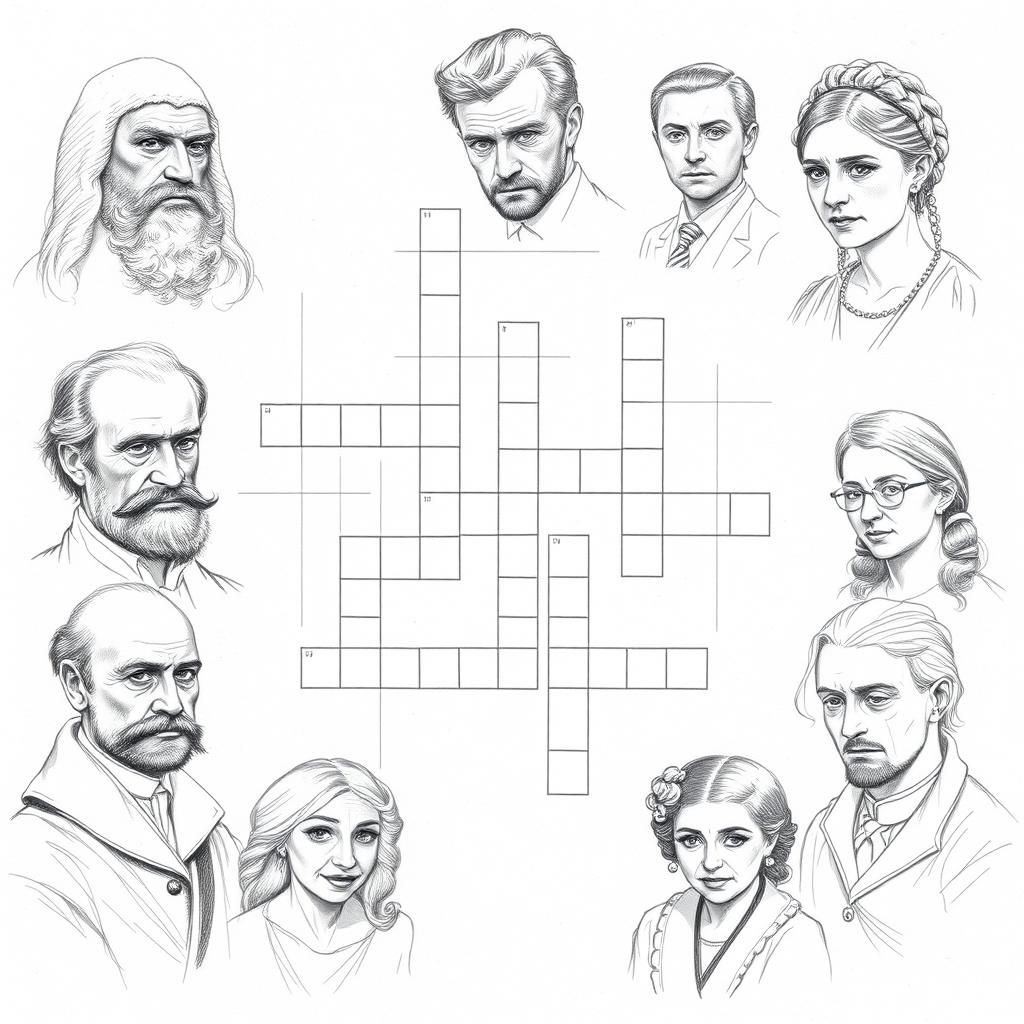
Conclusion
As we close this journey through The Painter Crossword, take a moment to appreciate how these artists—Da Vinci, Van Gogh, Picasso, Monet, Kahlo, Rembrandt, Vermeer, Michelangelo, Dalí, and Munch—each bring their own brushstroke of history and culture to the puzzle. From Renaissance ingenuity to surreal dreamscapes, understanding their signature styles, iconic works, and life stories can turn tricky clues into satisfying “aha” moments.
When tackling painter-themed puzzles, keep in mind the painter’s birthplace, their most famous pieces, and unique artistic techniques. Crossword setters love to play with these details, blending straightforward answers like “Van Gogh” or “Cubism” with clues that invite you to think a little deeper, like “Master of chiaroscuro” or “Surrealist with melting clocks.” Balance is key—sometimes the answer is right in front of you, and other times it’s a little mystery wrapped in paint and history.
Most importantly, let these puzzles be more than just a challenge—they’re a chance to explore art in a new way. Each solved clue is a tiny window into a world where color, shape, and story meet. So, the next time you’re stuck on a crossword about painters, remember you’re not just guessing—you’re walking alongside some of the most fascinating creatives in history. And who knows? You might just find yourself inspired to look closer at the art around you or even pick up a brush yourself.
Happy puzzling, and may your next crossword adventure paint vivid stories across your mind.
Share to...
I hope you enjoy the content.
Want to receive our daily crossword puzzle or article? Subscribe!
You may also be interested in
Share to…
Want to receive our daily crossword puzzle?
-
Jigsaw Puzzles
Zodiac Ink Dog Puzzle: Artful Elegance 250 | 300 | 500 Pieces
kr 348,00 – kr 439,00Price range: kr 348,00 through kr 439,00 Select options This product has multiple variants. The options may be chosen on the product page -
Jigsaw Puzzles
Autumn Whiskers and Pumpkin Paws Puzzle 250 | 300 | 500 Pieces
kr 348,00 – kr 439,00Price range: kr 348,00 through kr 439,00 Select options This product has multiple variants. The options may be chosen on the product page -
Jigsaw Puzzles
Art Nouveau Puzzle – White Rabbit in a Whimsical Garden 250 | 300 | 500 Pieces
kr 348,00 – kr 439,00Price range: kr 348,00 through kr 439,00 Select options This product has multiple variants. The options may be chosen on the product page



